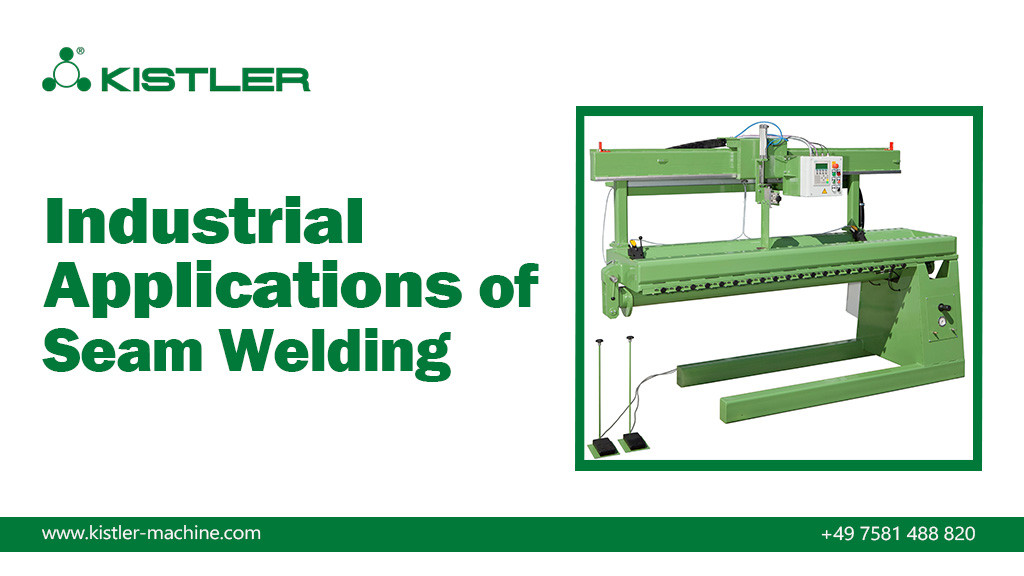
When it comes to precision and consistency, there can be no compromise in the welding process. Seam welding is one such process that ensures consistent and strong welds. For applications requiring strong airtight or liquid-tight joints such as automotive fuel tanks, aerospace pressure vessels, and HVAC duct work, seam weldings are the ideal choice. In this blog, let us discuss what seam welds are and their uses in industries.
What is Seam Welding?
Seam welding is a type of resistance welding that joins two similar or dissimilar metal sheets. In this process, the sheets are placed in an overlapping position and the wheel electrodes are pressed against them from the opposite sides. The electrical current passing through the electrodes generates heat, thereby forming a continuous line of strong and durable welds.
Seam Welding Process
The seam welding process follows the following steps:
- Welding set up: Two overlapping metal sheets are placed between two rotating Copper alloy wheel electrodes.
- Pressure: With the force sourced from either a pneumatic, hydraulic, or spring system, the electrodes press the sheets together.
- Current Flow: As the electric current passes through the sheets, electrical resistance is created, which produces intense heat between the metal sheets.
- Melt Zone: This heat will melt the metals at the contact point, forming the weld as it cools.
- Continuous welding: As the rollers turn and move the workpiece forward, a weld series is formed.
Applications
A wide range of industries utilize seam welding to produce strong, leak-proof and sealed joints.
Automotive industry
- For creating leak-proof welds for fuel tanks.
- Weld components for exhaust systems.
Aerospace
- Seam weld ensures the strength of aircraft fuel tanks and other pressure vessels.
- For creating strong welds for aircraft panels.
Consumer and Industrial Goods
- Containers: For producing the side seam of tin cans, steel drums, and barrels.
- Refrigerators: For welding components for refrigerator units.
- Transformer Tanks: For producing oil-tight casting for transformers.
Advantages of Seam Welding
Seam welding offers numerous advantages, such as:
- This welding is suitable for high-volume manufacturing as it is speedy.
- It is an automated process ensuring consistent weld throughout the process.
- As it is a type of resistance welding, heat is generated internally due to the electrical resistance of the metals themselves. The metals will fuse directly under this pressure, forming a strong weld. Hence, there is no need to add extra filler material.
- Seam welding produces continuous and strong welds and thus makes this process an ideal choice to create leak-proof seals in pipelines, containers, and tanks.
Conclusion
Seam welding is an effective process that creates durable and consistent weld lines. The continuous and leak-proof weld thus produced makes it an ideal choice for applications that involve the fabrication of thin metal sheets such as fuel tanks and containers. Combining precision, speed and automation, seam welding ensures quality welds, making it an essential process in welding.